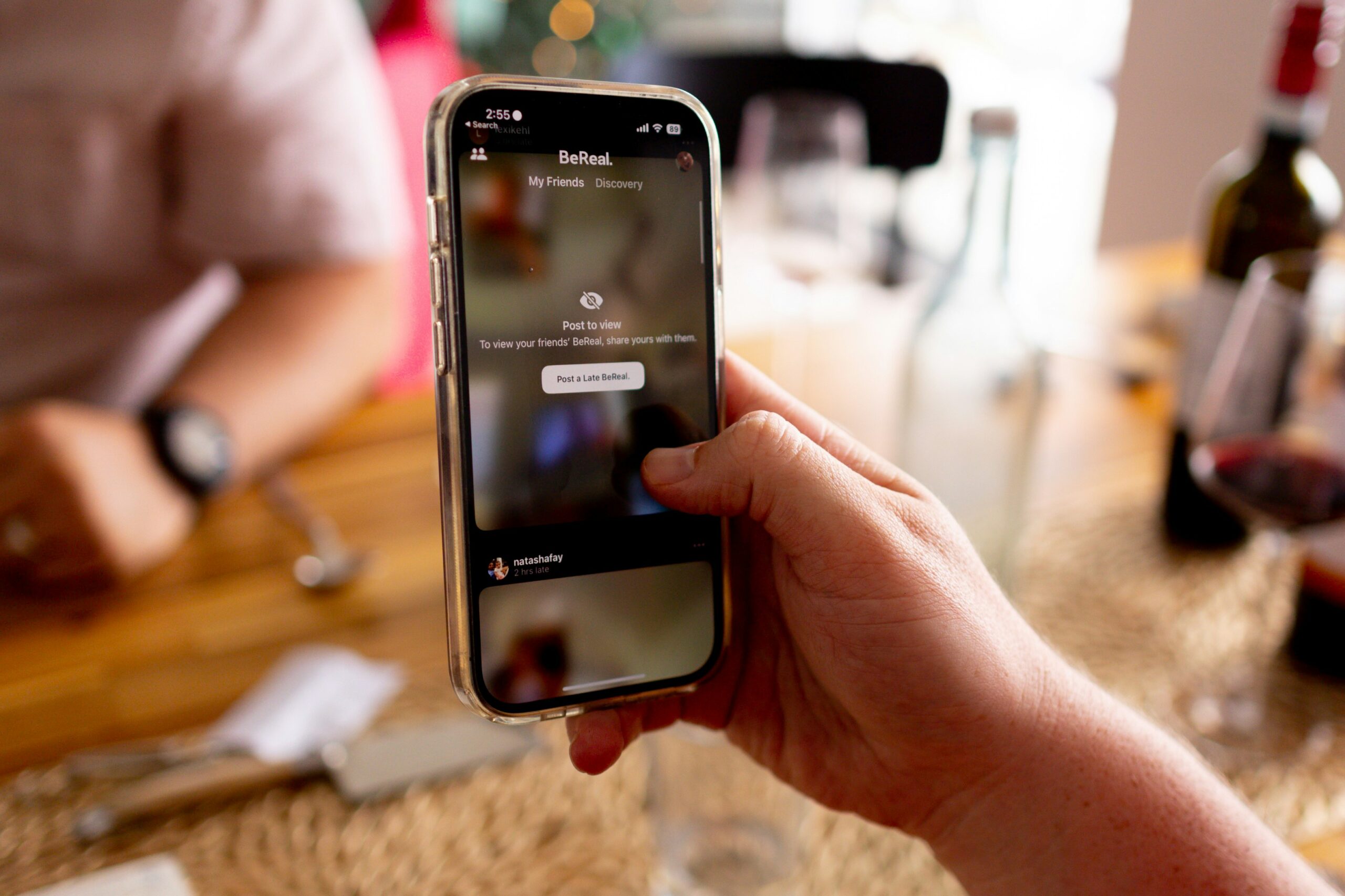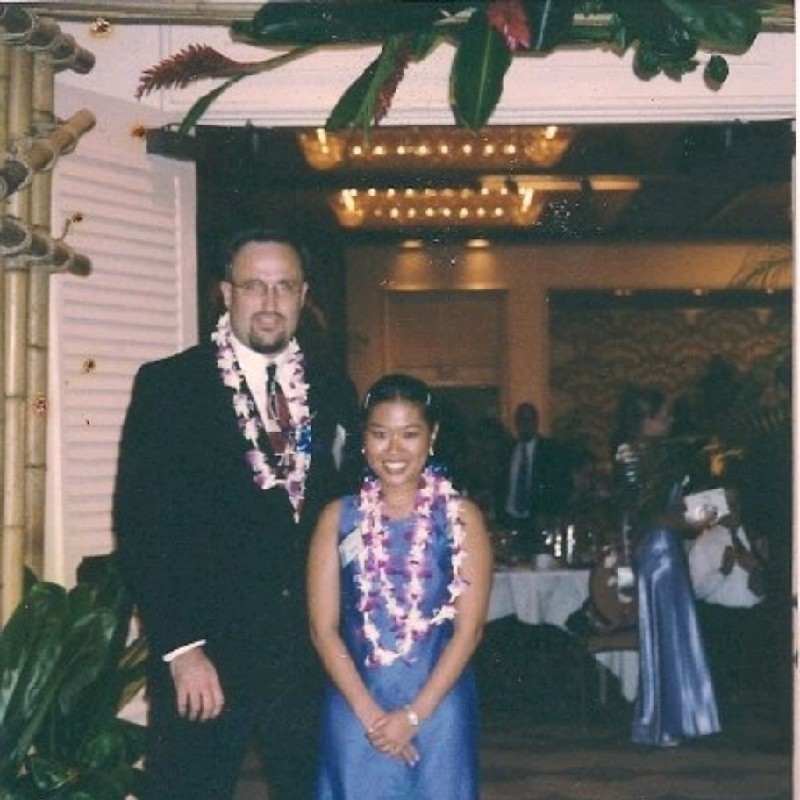Social Media Evolution: Impact on Business and Culture

Explore the social media evolution from simple chat platforms to powerful cultural influencers in today’s digital age. Understand its impact on communication, business, and society. Discover how social media shapes our world. Start reading.
In today’s digital age, social media is no longer just a tool for personal updates—it’s a dynamic influencer of business operations and cultural norms. What began as simple chat platforms have evolved into powerful ecosystems like Facebook, Instagram, and X, shaping everything from global trends to political landscapes. With these platforms influencing how we think, vote, and shop, understanding their impact is crucial for marketers, business owners, and social media enthusiasts alike.
Historical Context of Social Media
Before the days of tweets and Instagram stories, communication was a series of dots and dashes. The evolution of social media began with Morse code, then ARPANET in the late ’60s, setting the stage for what we now call the Internet. In 1997, Six Degrees emerged as the first real social media platform, allowing users to create profiles and friend lists. This paved the way for the early 2000s giants, Friendster and MySpace, which redefined online interaction by providing new frontiers for social engagement.
Milestones in Social Media Development
Early Platforms
Before Facebook and Twitter, bulletin board systems (BBS) and early instant messaging services like ICQ and AOL Instant Messenger allowed users to connect and share information. These platforms were groundbreaking at the time, turning the internet into a social space and setting the foundation for modern social media.
Rise of Major Platforms
The debut of Facebook in 2004 and Twitter in 2006 transformed global communication. They allowed users to share moments instantly, enabling real-time interaction and giving a voice to millions. These platforms knit together a global fabric of instant communication, forever changing how news is shared and communities are built.
Mobile and Multimedia Integration
With the rise of mobile technology, social media platforms became more accessible and interactive. Smartphones enabled constant connectivity, allowing users to share videos, photos, and voice notes seamlessly. This constant connectivity has brought family and friends closer, keeping us engaged and entertained.
Impact on Communication and Society
From One-Way to Interactive
Social media has shifted communication from one-way broadcasts to interactive dialogues. Traditional media once acted as a lone storyteller, but now everyone has a stage. Platforms enable users to participate, create, and engage, blurring the lines between creator and consumer.
Societal Impact
Social media’s influence extends beyond communication, shaping cultural norms and behaviors. Trends go viral overnight, setting new norms faster than ever. In politics, social media acts as an equalizer, giving a voice to the silenced and driving movements like #MeToo and Black Lives Matter.
Influence on Cultural Norms and Behaviors
Social media has become a powerhouse for cultural trends, influencing fashion, language, and behavior. Viral dances, memes, and hashtags spread rapidly, connecting people across the globe and allowing cultures to mix in real time.
Behavioral Shifts
In our hyper-connected world, human interaction has morphed. Constant online presence reshapes how we connect, with screen time replacing face-to-face interaction. While friendships are built on emojis and likes, they often lack depth, reflecting the digital tether that rewires our interactions.
Role in Political Conversations and Social Movements
Social media has reshaped political discourse by providing platforms for marginalized voices. Movements like #MeToo and Black Lives Matter use these platforms to organize and push for change. Hashtags turn whispers into roars, amplifying activism and driving societal transformation.
Conclusion
Social media’s evolution has profoundly impacted business and culture, reshaping how we communicate, consume, and connect. For marketers, business owners, and social media enthusiasts, understanding this evolution is crucial to navigating the digital landscape effectively. As we continue to explore social media’s history and frameworks, we must remain mindful of its power to shape and be shaped by our reality. Are you making the most of these platforms to engage your audience and achieve your goals? If not, now is the time to harness the full potential of social media.

I am the CEO of Wiener Squad Media. I help republican and libertarian small business owners build their businesses with effective website design and digital marketing strategies that work. I lead a team of passionate and driven individuals who are dedicated to helping God Fearing, Gun-Toting, America First patriots seeking to achieve financial freedom through the power of the internet.



